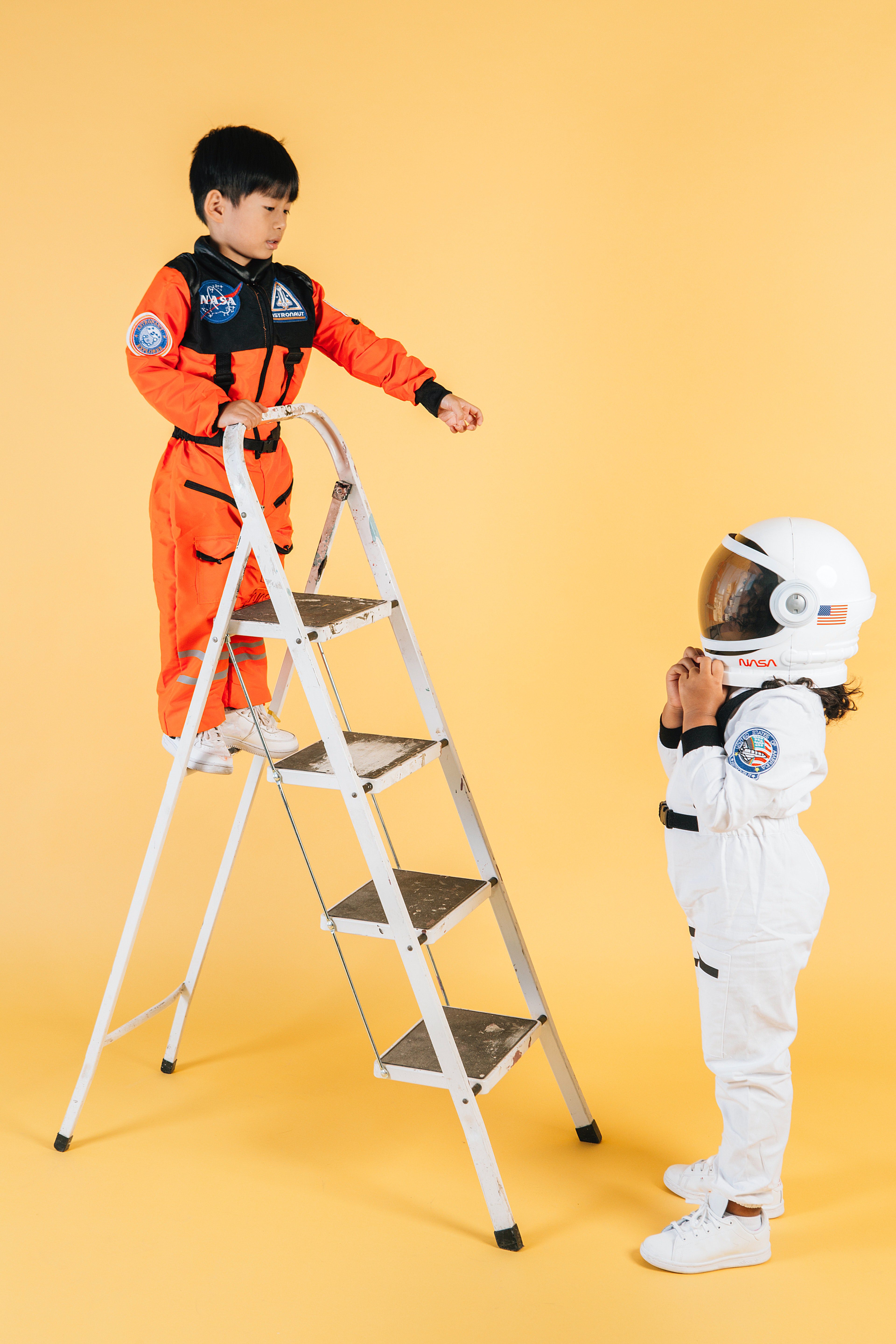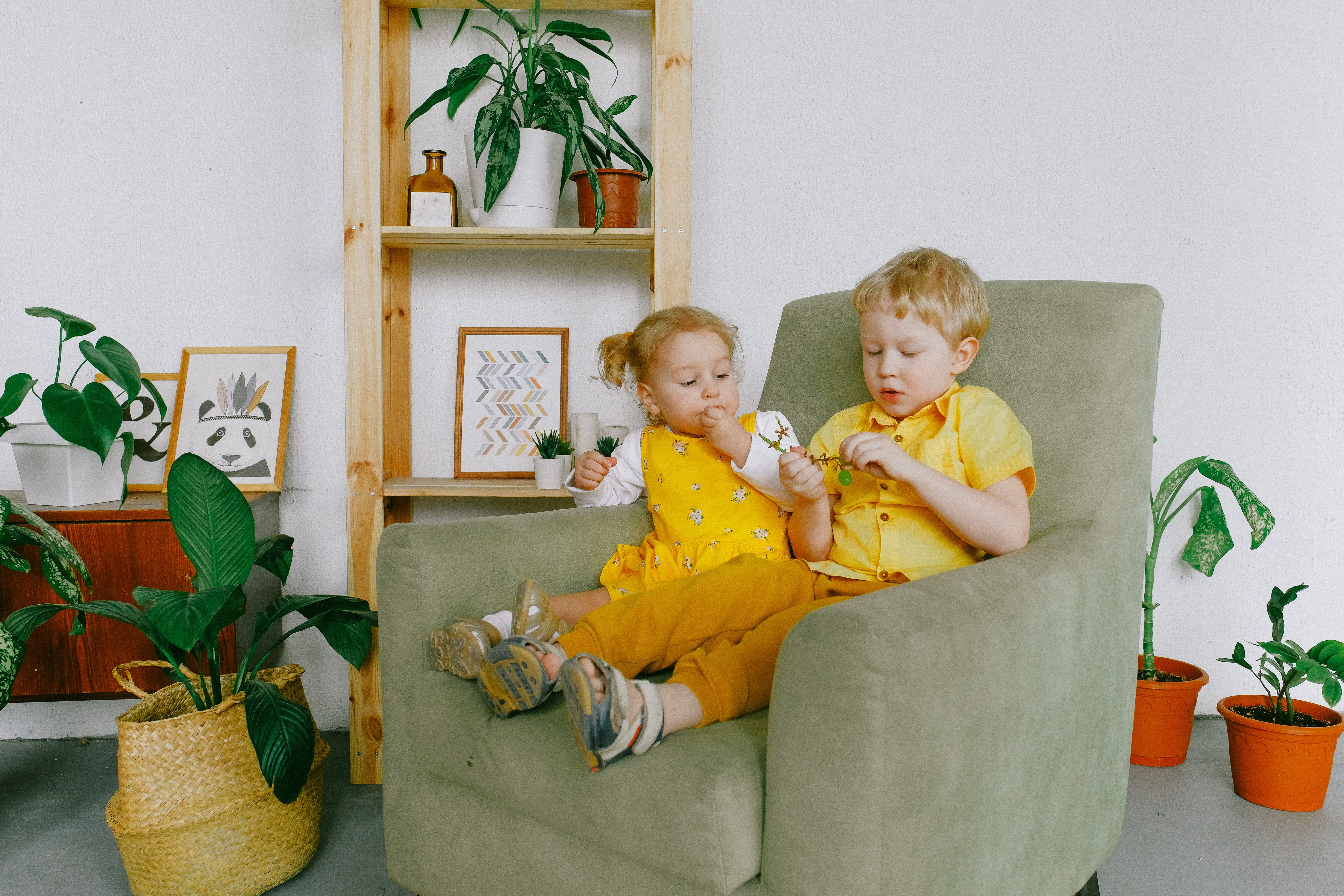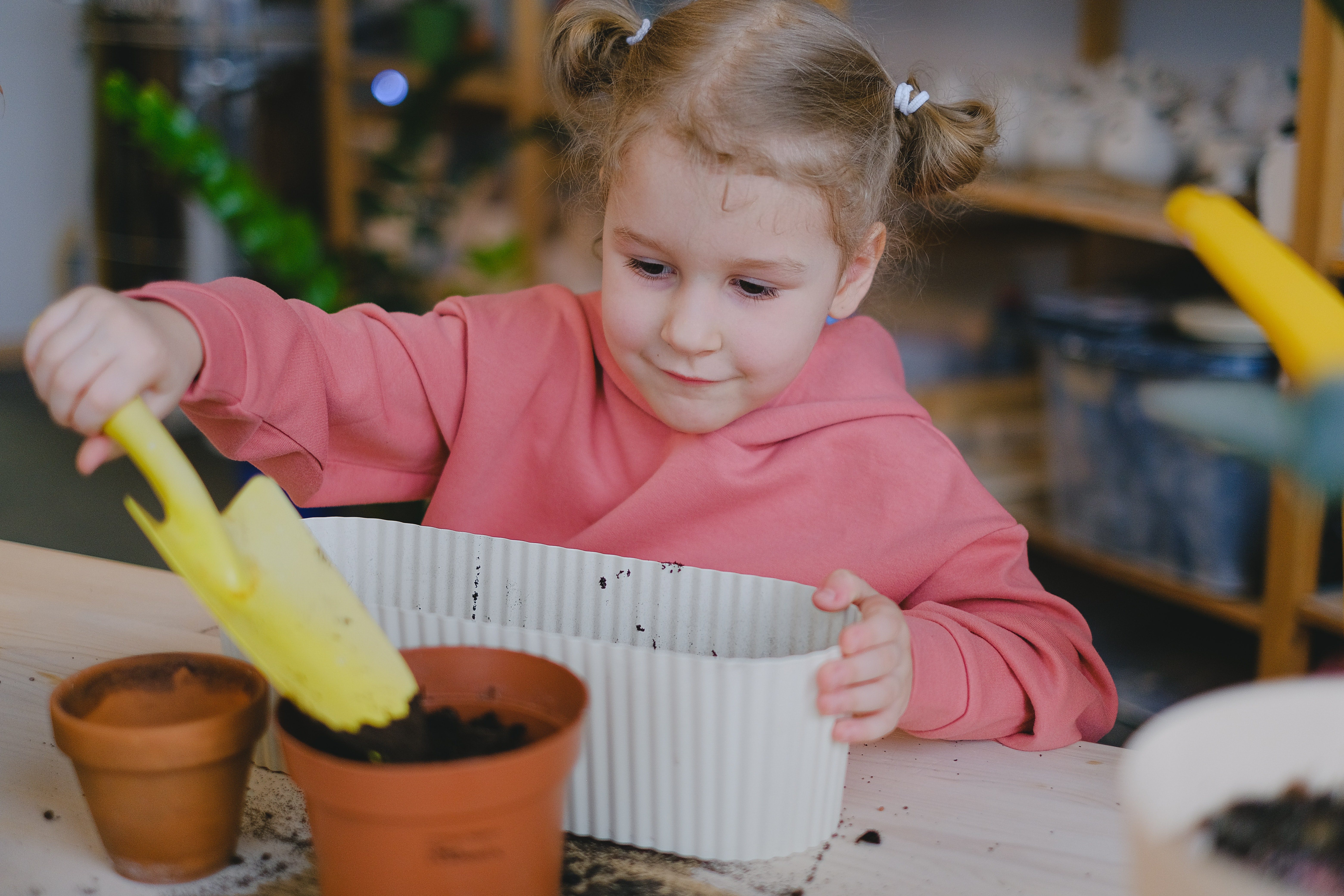
Photo by Vanessa Loring by Pexels
10 Activities and Things to do to Develop Empathy and Kindness in Children
Some people say that kids don’t know anything but kids know a whole lot a lot and a lot of what they know is what we expose them to as parents. The environment has a lot to do with how children turn out in fact according to recent research, newborn babies exhibit distress reactions, which are the precursors of empathetic responses when exposed to the sound of another baby crying.
When someone displays distress, toddlers as young as two years old show a variety of empathic actions. Once kids are able to recognise that other people’s viewpoints and experiences are different from their own, cognitive development begins to take shape. Toddlers’ prosocial conduct develops from bodily responses to distress to verbal consolation and assistance, sharing, and diverting the distressed individual.
Even though some of the factors that govern how empathy develops appear to be preset, there are socialisation elements that we can control. In this article, we’ll discuss some concepts, suggestions, and activities that might help kids learn empathy.
1. List Activity: The “Golden Rule”

Photo by cottonbro studio from Pexels
Start with a piece of paper for this task. Set up two columns. Put “I would like people to…” in the left column and “So I will…” in the right column.
Begin on the left and encourage kids to point out the activities and behaviours they find admirable in others. For instance, “be helpful” or “don’t bully.” Draw an arrow from each sentence across to the right column once your left column is finished. Invite the child(ren) to assist you in rewriting the phrases in the right column at this point. While some phrases can be written exactly the same, others require modification. To show kids how they can treat others the way they would like to be treated, read through the words and phrases in the right-hand column.
2. Use pretend play

Photo by Amina Filkins by Pexels
Pretend play is fun because you get to see how your toddler would treat your others and most likely they’ll mimic how they’re treated. You get to watch their tone, the words they use and their actions especially if you create a scenario where one of their dolls is worried or hurt.
Now how do you teach your kids to be empathetic using pretend play? Talking about emotions while playing pretends is one of the simplest methods to promote empathy in young children. Ask your child to consider the feelings of the various characters as they develop their story.
Ask your child how it would make the second doll feel, for instance, if one doll doesn’t want to share with another. Because the characters are the ones “feeling” those emotions, children can utilise pretend play to express their emotions in a secure environment where they feel free from criticism.
3. Create a secure environment for your child

Photo by Anna Shvets by Pexels
When kids feel confident with the people in their lives, they are far more inclined to communicate their emotions, which is an important first step in understanding and controlling them. While reserving your judgement, encourage children to be honest.
Even while children’s emotional outbursts may appear inappropriate to adults (anyone remembers the tantrum in the supermarket? ), this is an essential element of emotional development. Attempt to avoid having a negative reaction. Talk to kids about their feelings after they’ve cooled down.
4. Volunteer for something that means something to you as a family

Photo by Ron Lach by Pexels
Instead of dictating where your kids must volunteer, ask them what is important to them. Animals? older adults? the setting? Find volunteer opportunities together once they’ve picked who to assist. Talk to your kids about your volunteer day when it is over. Consider returning as much as possible if the volunteer position was a good fit. Try another location if it wasn’t!
5. Grab a tube of toothpaste and get started
This illustration, which has been around for decades, is a favourite among parents when it comes to teaching their children empathy and kindness. Grab a toothpaste tube first. The child should be asked to squeeze the toothpaste onto the counter. Then request that they put it back. When the toothpaste is taken out of the tube, the child will understand that it cannot be put back in.
This exercise demonstrates how it’s impossible to take back words that have already been said. To promote reflection before spreading stories or being rude to others, this game is appropriate for young children as well as children entering the gossip-filled world of middle school and high school. It may seem a bit extreme but you can be sure that when your child sees a toothpaste brand they’ll forever remember the moral of the story.
6. Try planting

Photo by Anna Shvets from Pexels
We can’t undermine the effort it takes to plant or to even take care of a pet. Taking responsibility and being accountable for the things we care about is a big part of shaping empathy in children.
Plant growers are involved in all stages of the life cycle of their creations. Kids learn that everything deserves love and attention from participating in this act of kindness, which may be the first time they’ve ever done something similar. For younger or more forgetful children, try to pick a tough plant (such as a succulent). Make the plant their sole duty, and only provide supervision when required.
If the plant does not survive then remember that this activity is not meant to bring shame but to remind our children that even the finest gardeners sometimes fail and it’s not unnatural. The story should not end here instead, you should opt to try again even with a different plant. Remember to have a discussion about the things you could have done better to care for the plant and what you’ll do with the new plant.
7. Create “The Giving Tree”
Cut out or design a tree for this enjoyable craft or activity. “The Giving Tree” can be written on the trunk. “I can give” will be written at the top of the tree. Then, guide kids through the process of coming up with gifts they can give to people in need. Examples include hugs, friendship, food, or toys.
This activity not only inspires the child to consider what they may do for others, but it can also serve as a wonderful springboard for family volunteering, charitable giving, and random acts of kindness.
8. Have conversations about how different people are

Photo by Tara Winstead by Pexels
Talking openly and honestly about diversity and, more importantly, inclusivity with children is one of the most effective kindness exercises. While concentrating on the commonalities, it’s important to highlight the distinctions as well.
What you can, explain. If a question baffles you, immediately do some research. A growth mindset is demonstrated by acknowledging your limitations. Give kids the chance to ask you questions in a private setting or conduct their own research. Discuss what we should say or do if we see someone who is different from us.
9. Increase understanding of nonverbal cues
Kids with social skill problems frequently find it difficult to read social cues. They might not perceive, for instance, sad eyes and a hunched posture. They could need assistance understanding the meanings conveyed by various forms of body language, facial emotions, and voice tones.
Try seeing images or muted TV programmes. You can assist your baby with distinguishing and describing the emotions displayed by the characters on television. This is useful practice for spotting and identifying the telltale indications of various emotions in real life.
10. Practise openness
The problems of others, as well as feelings, prejudices, and biases, should be discussed honestly by parents. Don’t be afraid to discuss prejudice with young children, including issues like racism, mental health, and other issues. According to research, a proactive strategy is more effective than the “colour blind” strategy that was previously believed to be the greatest way to prevent racism in children.
This is due to the fact that children are constantly exposed to bias popular cultural depictions of people from various racial or socioeconomic backgrounds. Children absorb these biases if there is no adult around to explain and challenge them. Discuss these concerns openly with kids of all ages, young and elderly.
Some of these concepts are simple to discuss but may not always be practical. Many of us who are now adults were raised with out-of-date beliefs about how to encourage empathy and have formed behaviours as a result. See how your family transforms if you implement one or even two of these concepts or activities at first.
You can also read 10 Best Tips and Advice for Positive Parenting
Planning a trip to Paris ? Get ready !
These are Amazon’s best-selling travel products that you may need for coming to Paris.
Bookstore
- The best travel book : Rick Steves – Paris 2023 – Learn more here
- Fodor’s Paris 2024 – Learn more here
Travel Gear
- Venture Pal Lightweight Backpack – Learn more here
- Samsonite Winfield 2 28″ Luggage – Learn more here
- Swig Savvy’s Stainless Steel Insulated Water Bottle – Learn more here
Check Amazon’s best-seller list for the most popular travel accessories. We sometimes read this list just to find out what new travel products people are buying.










